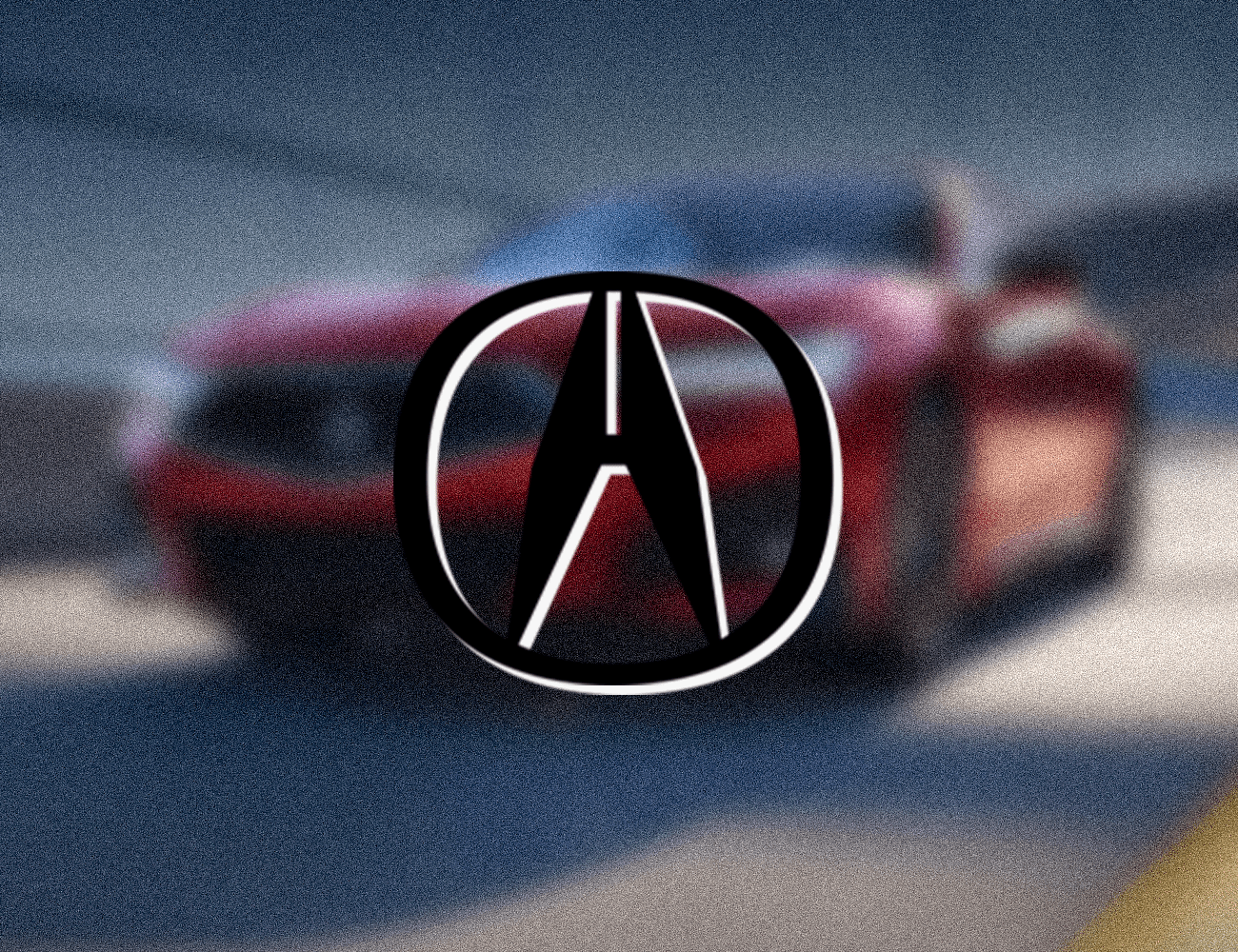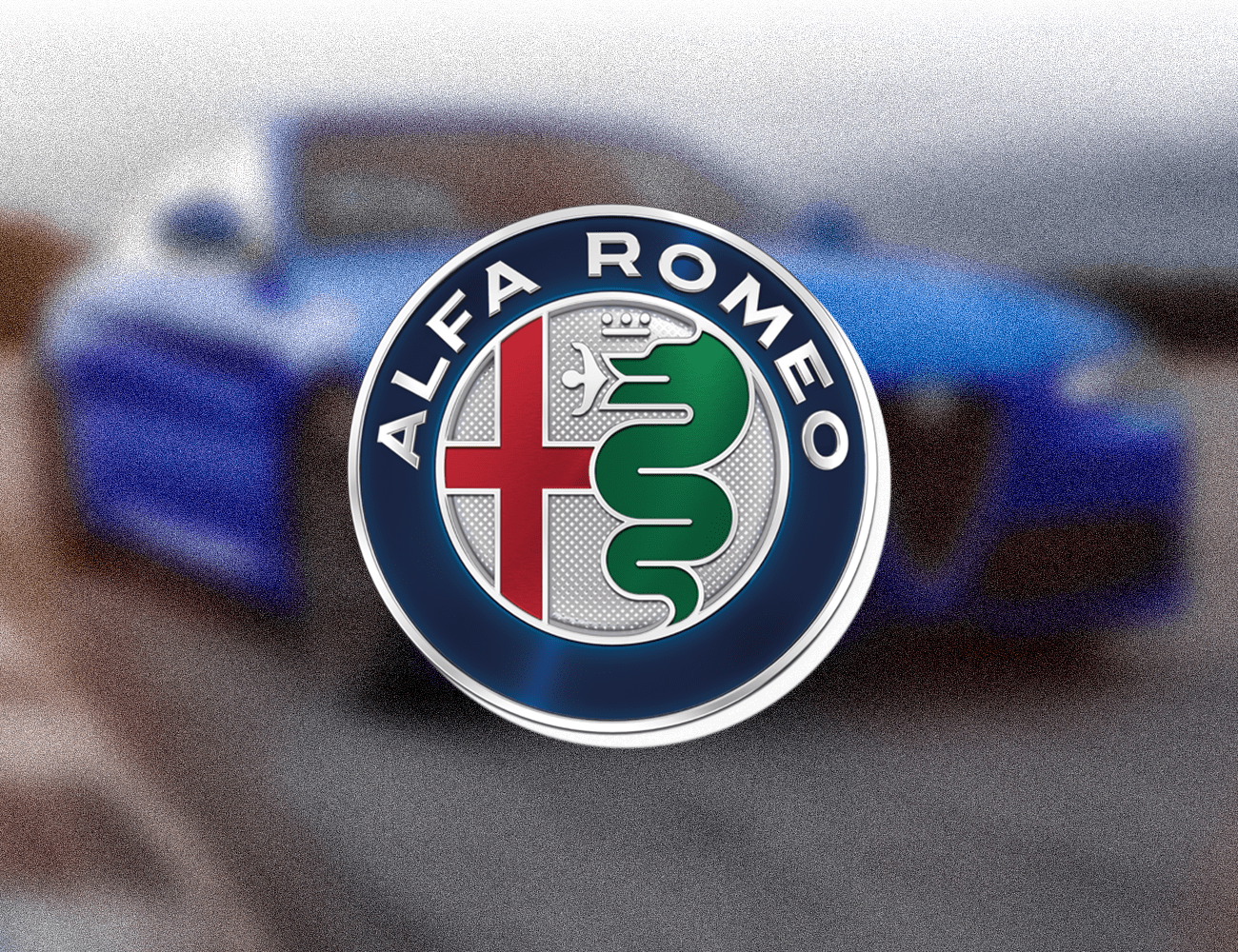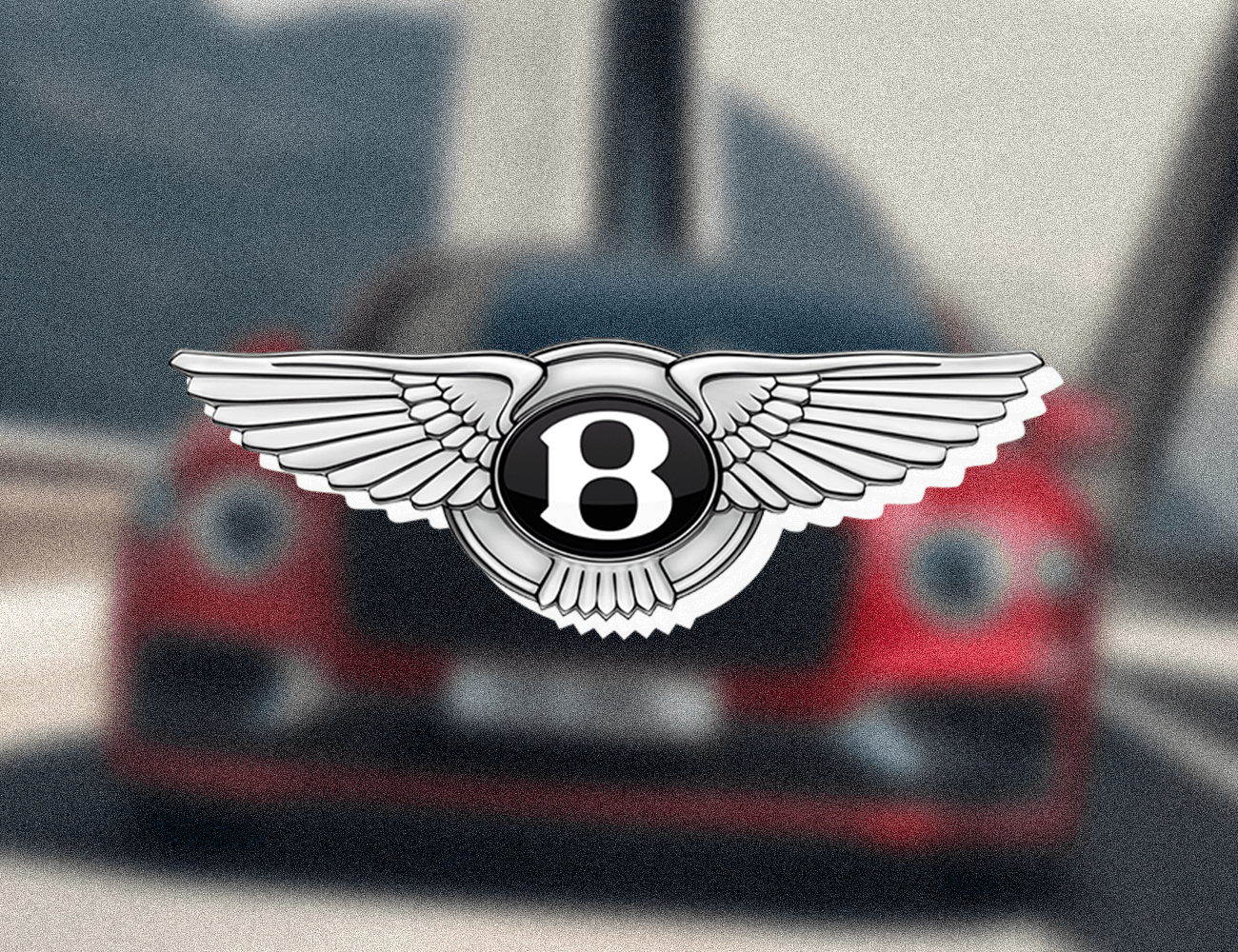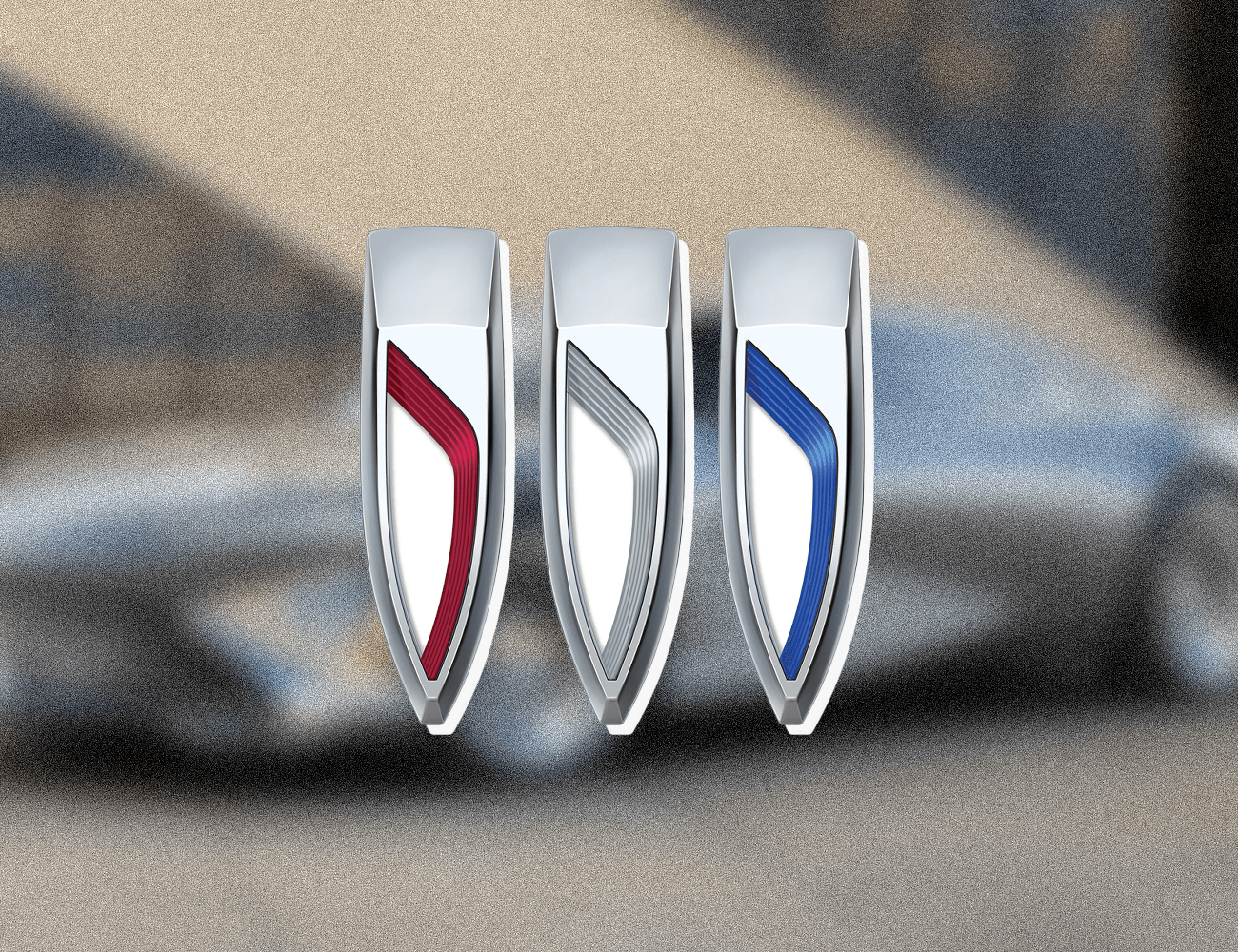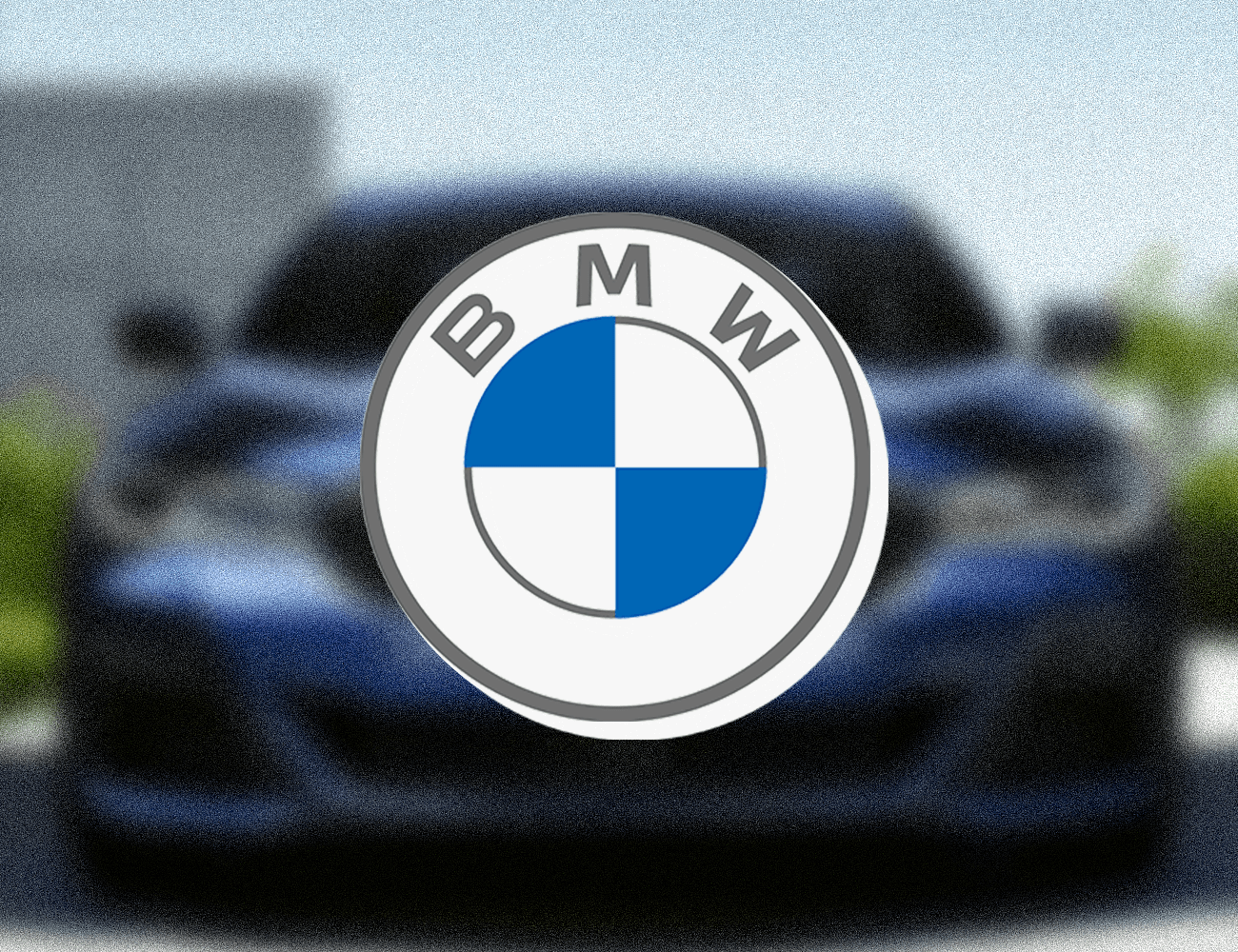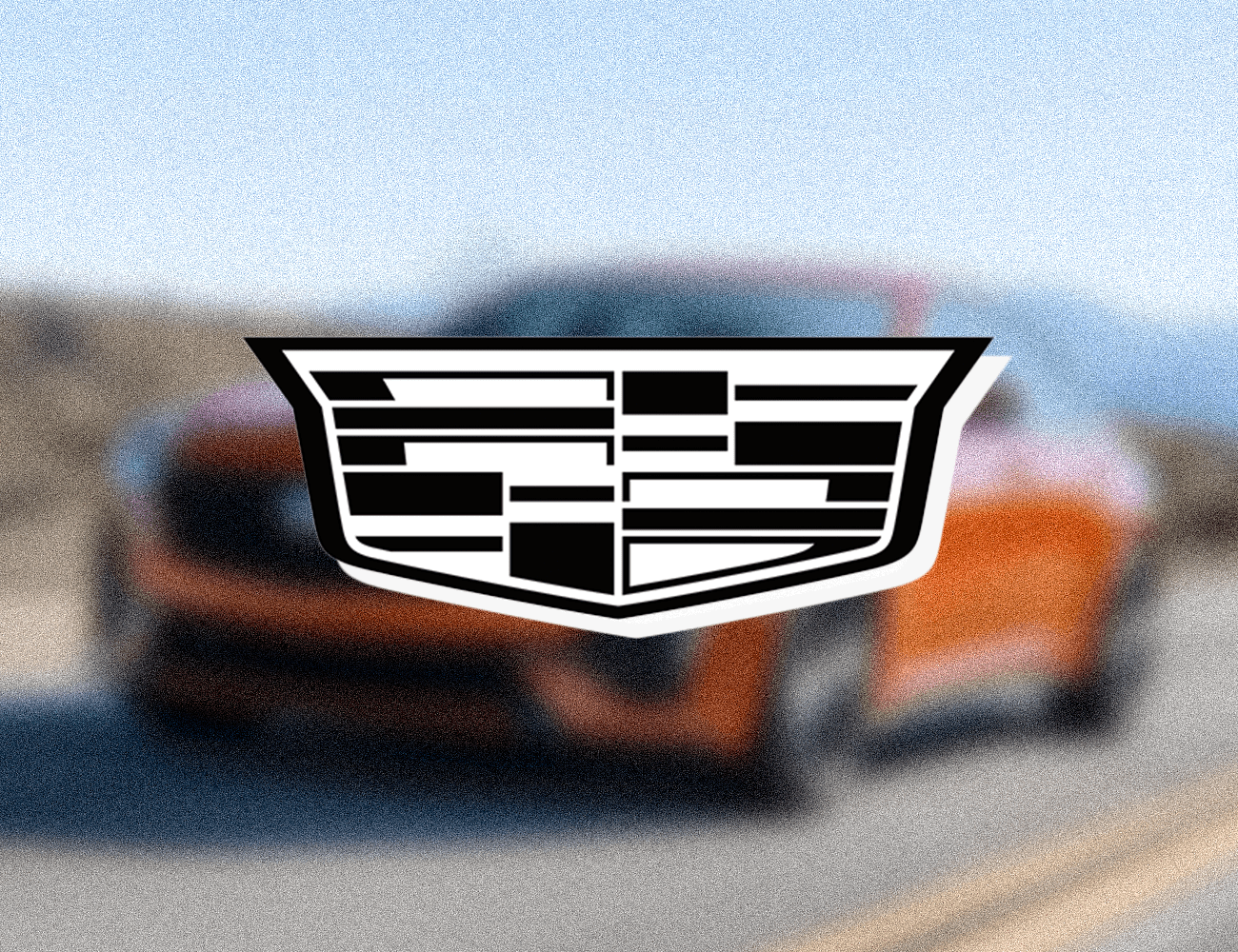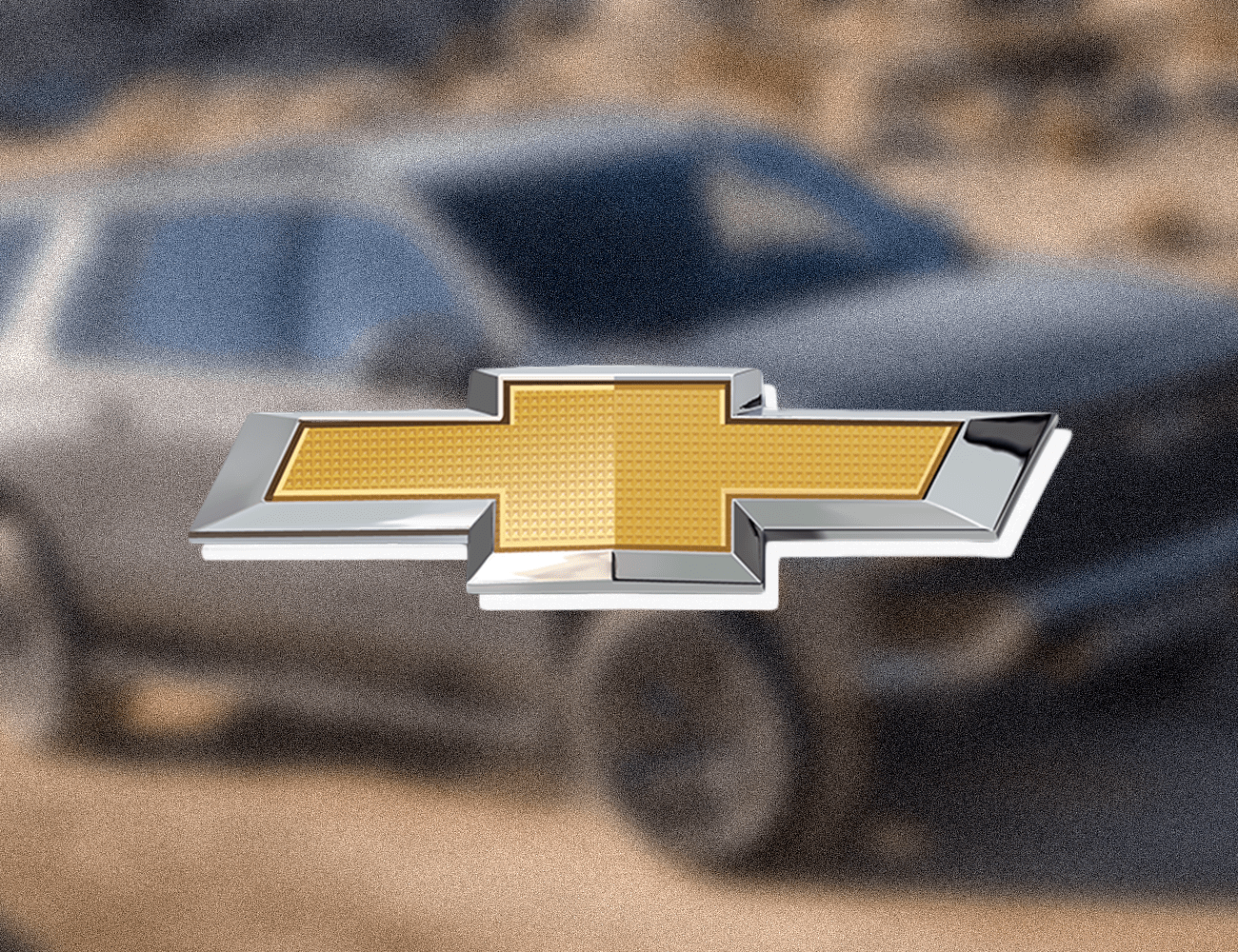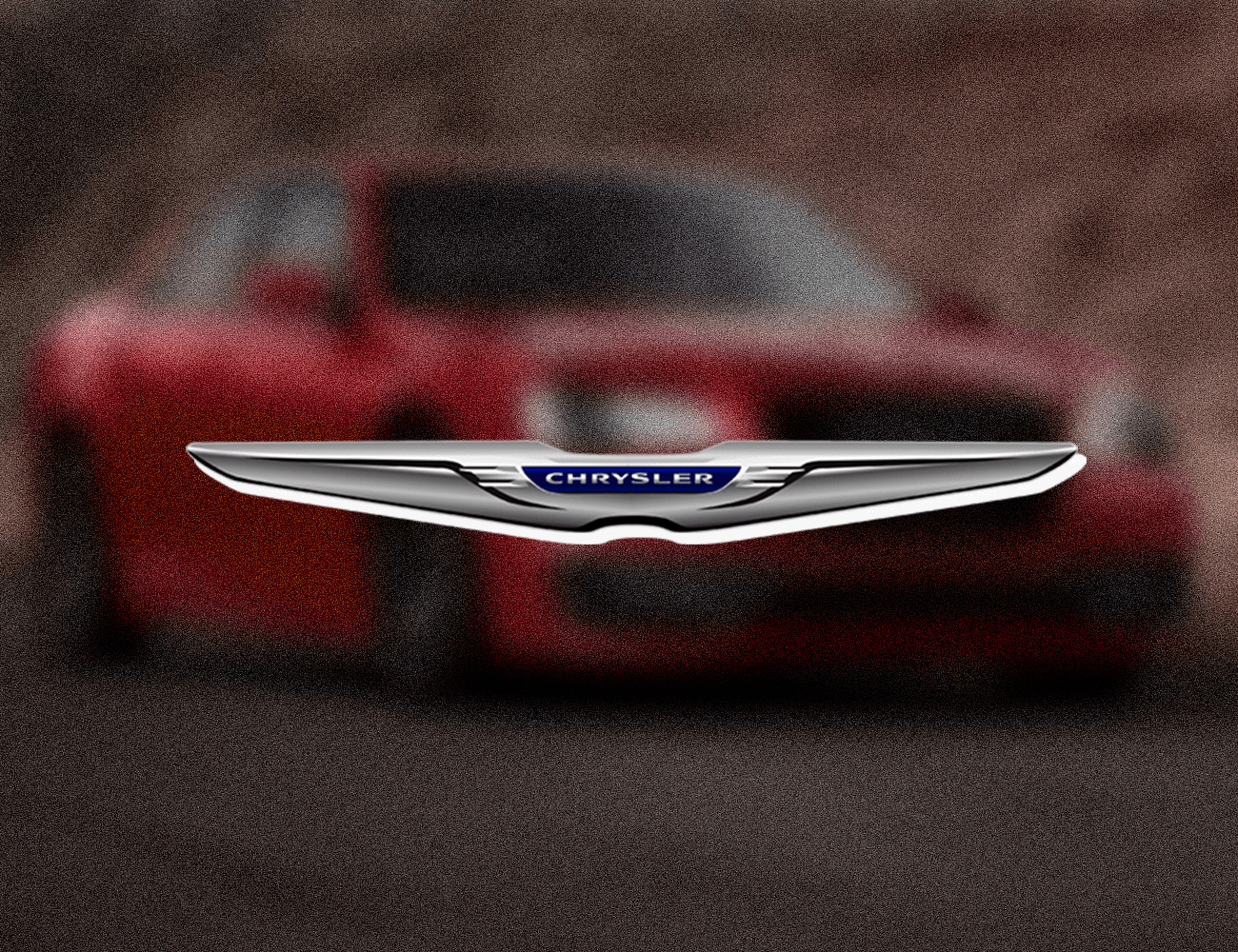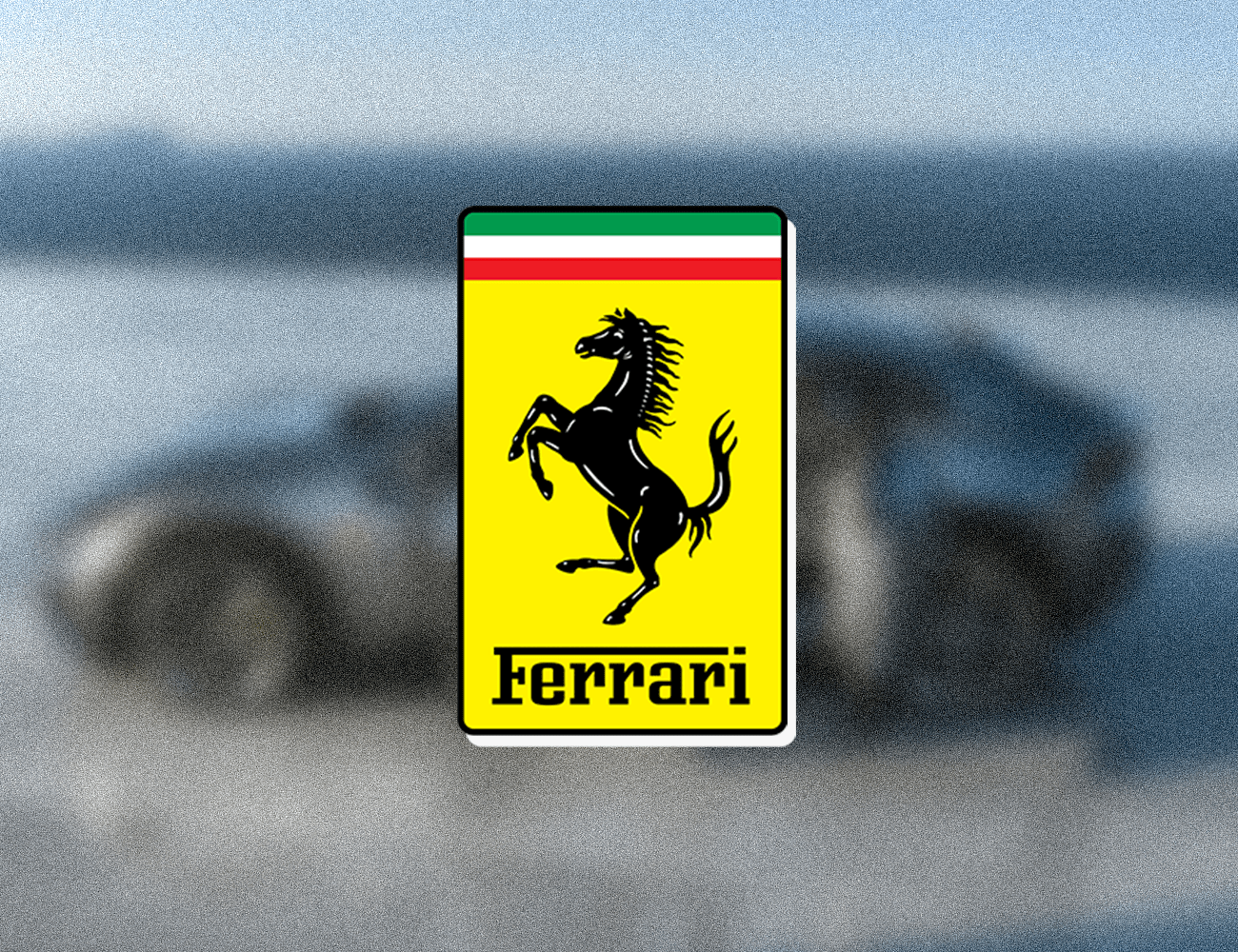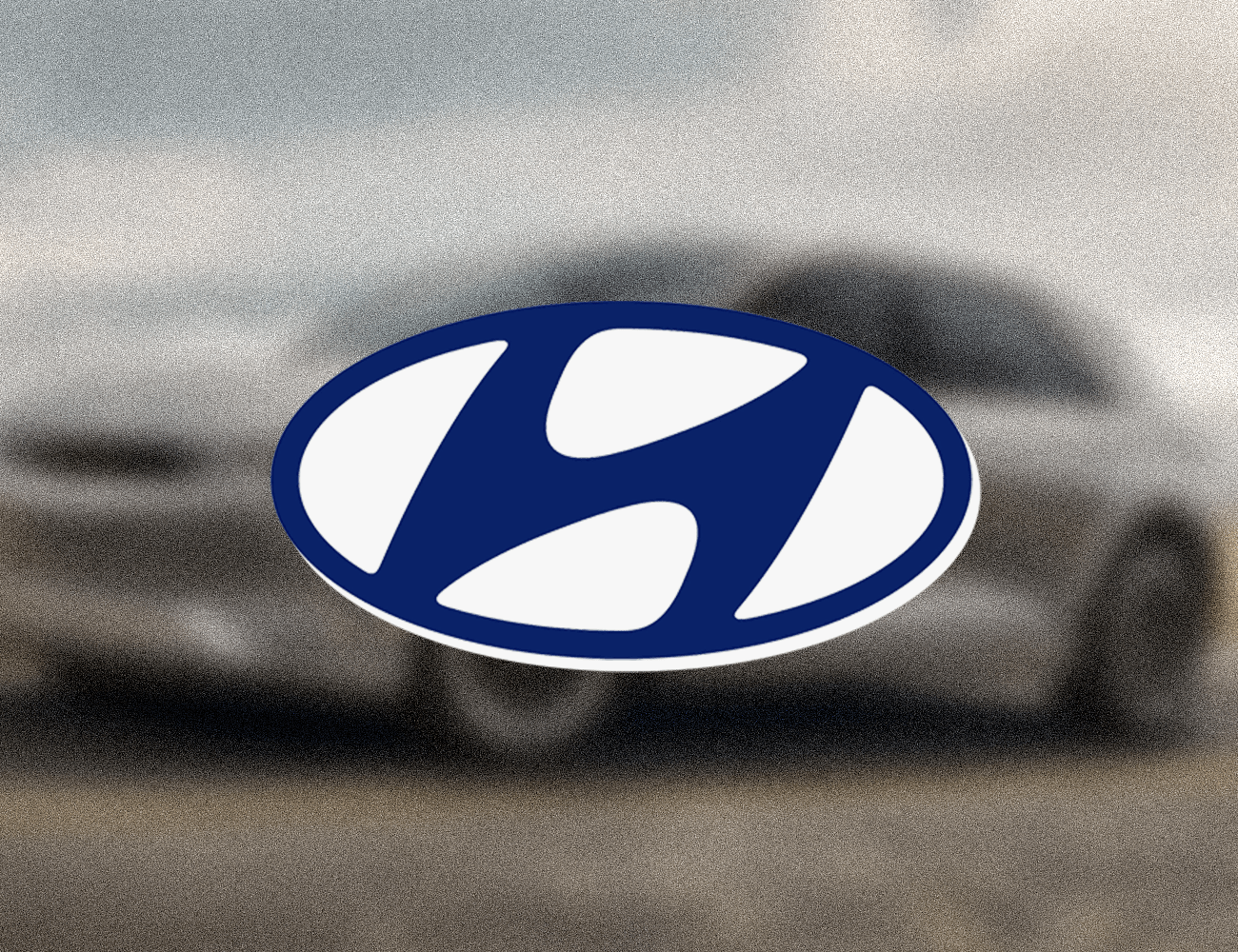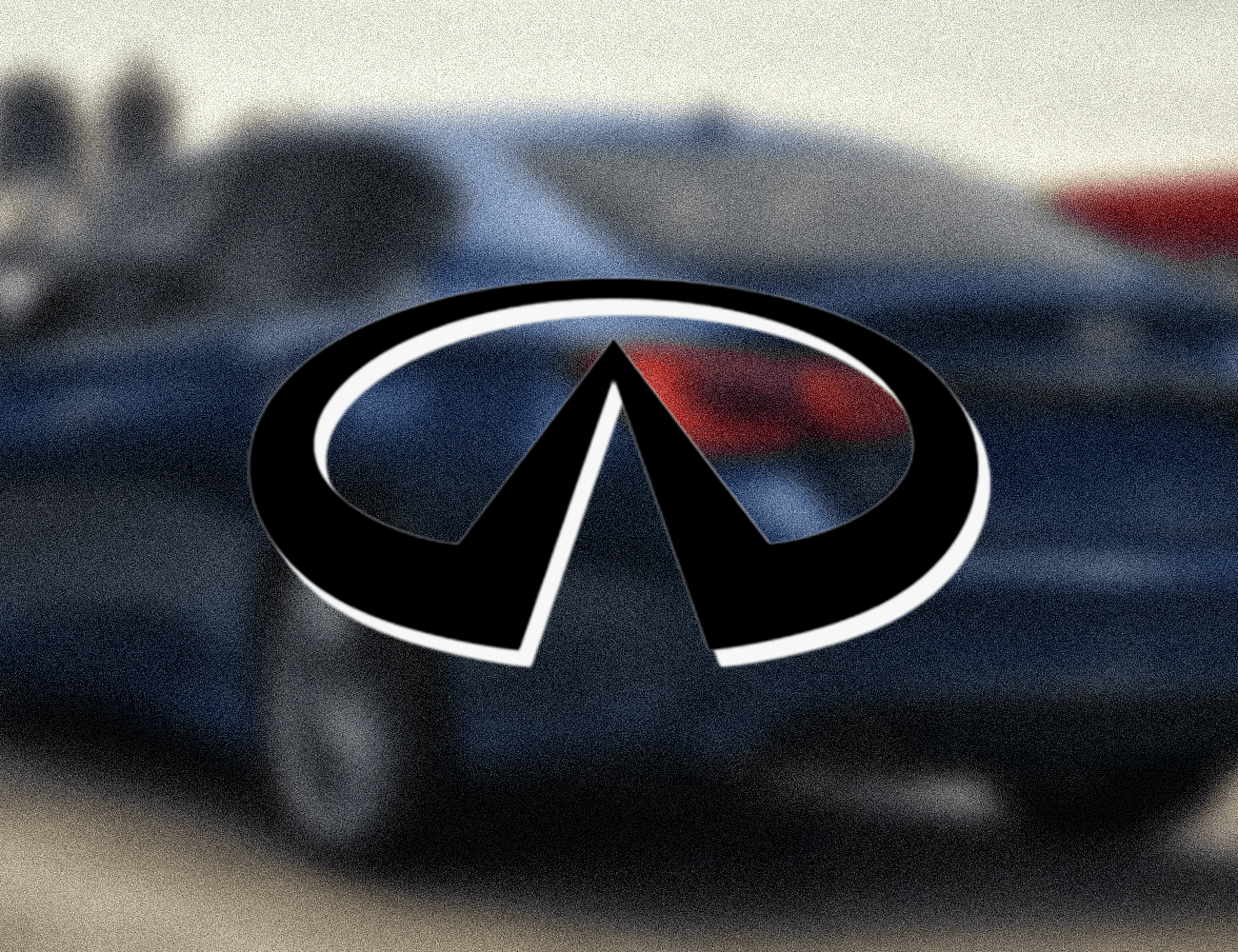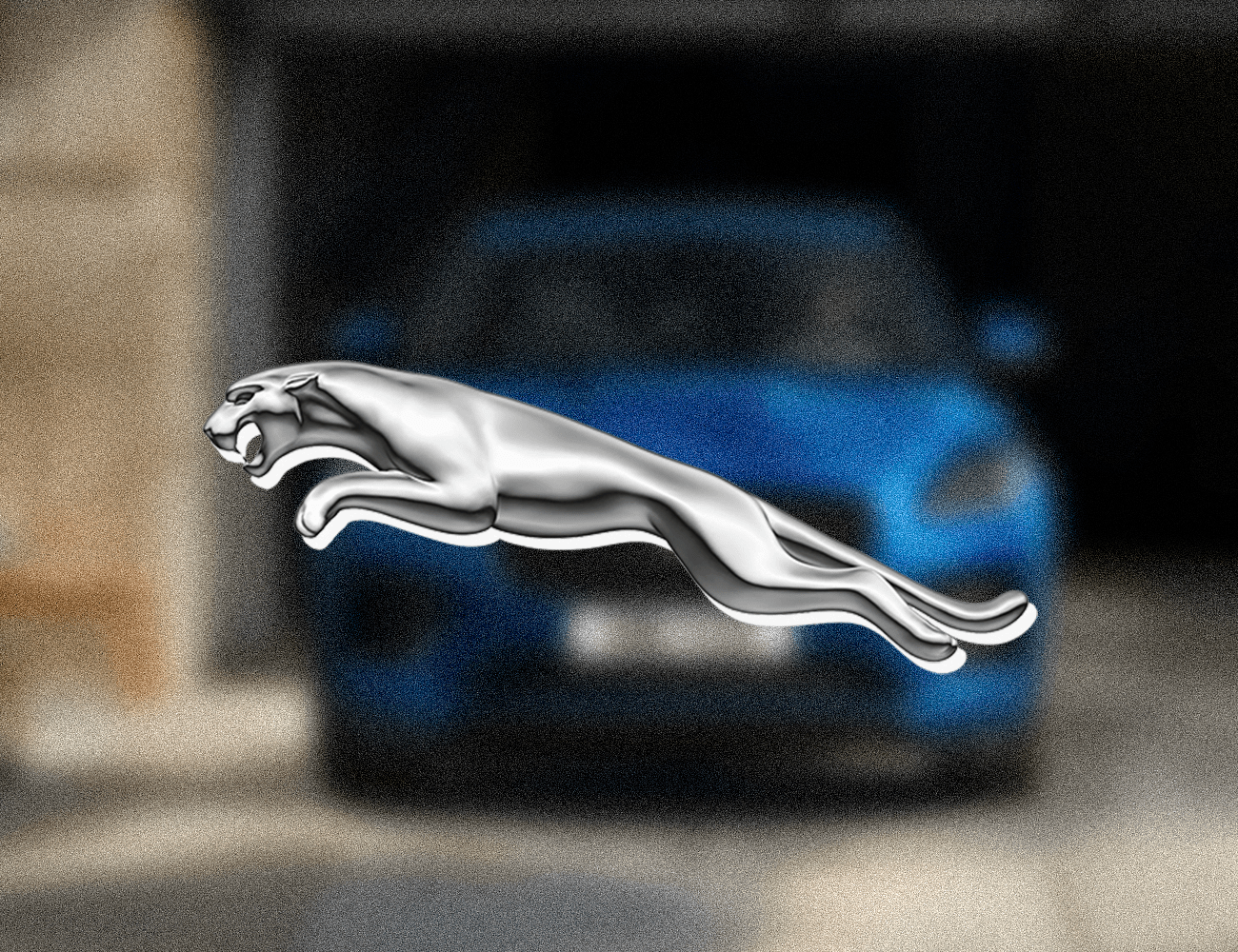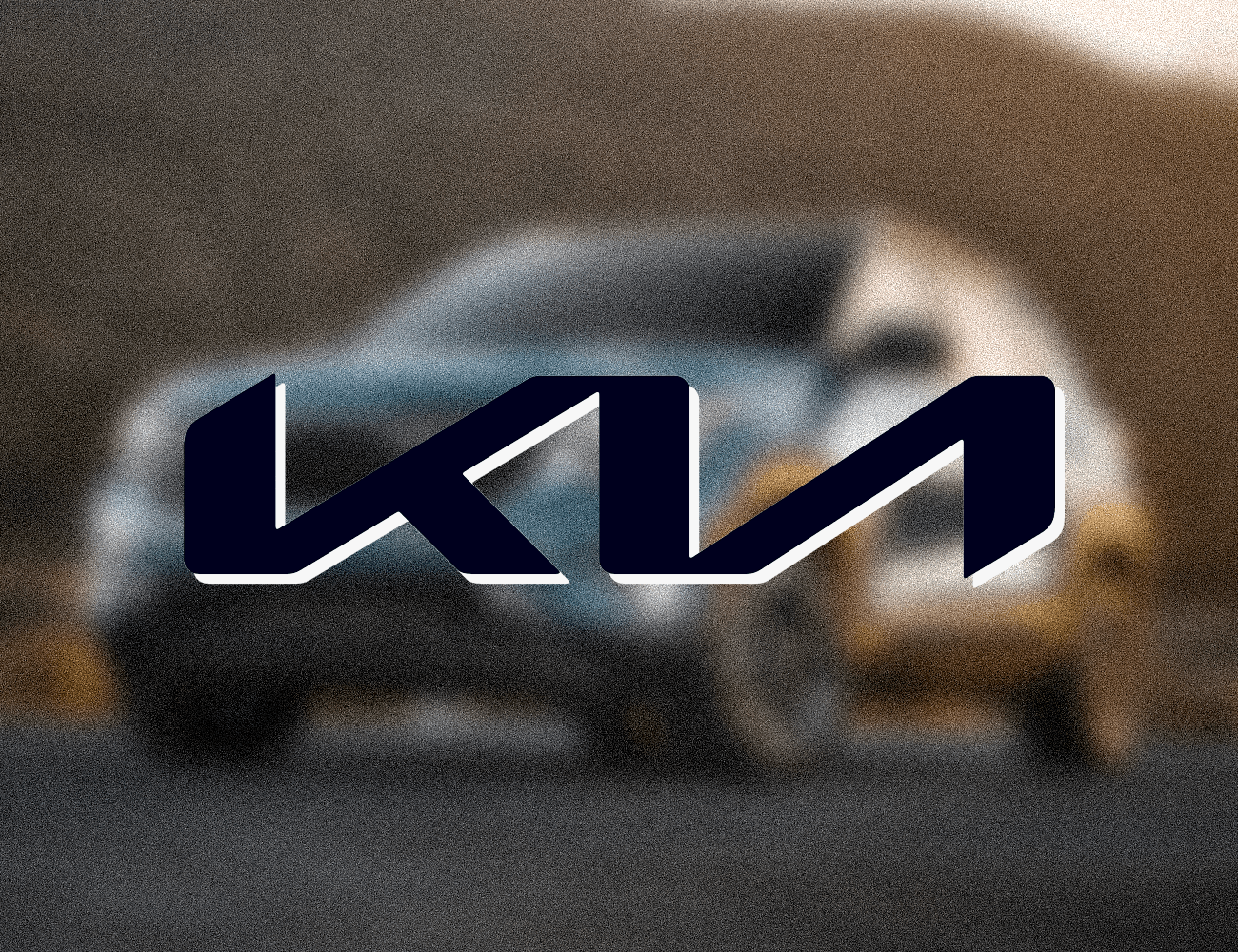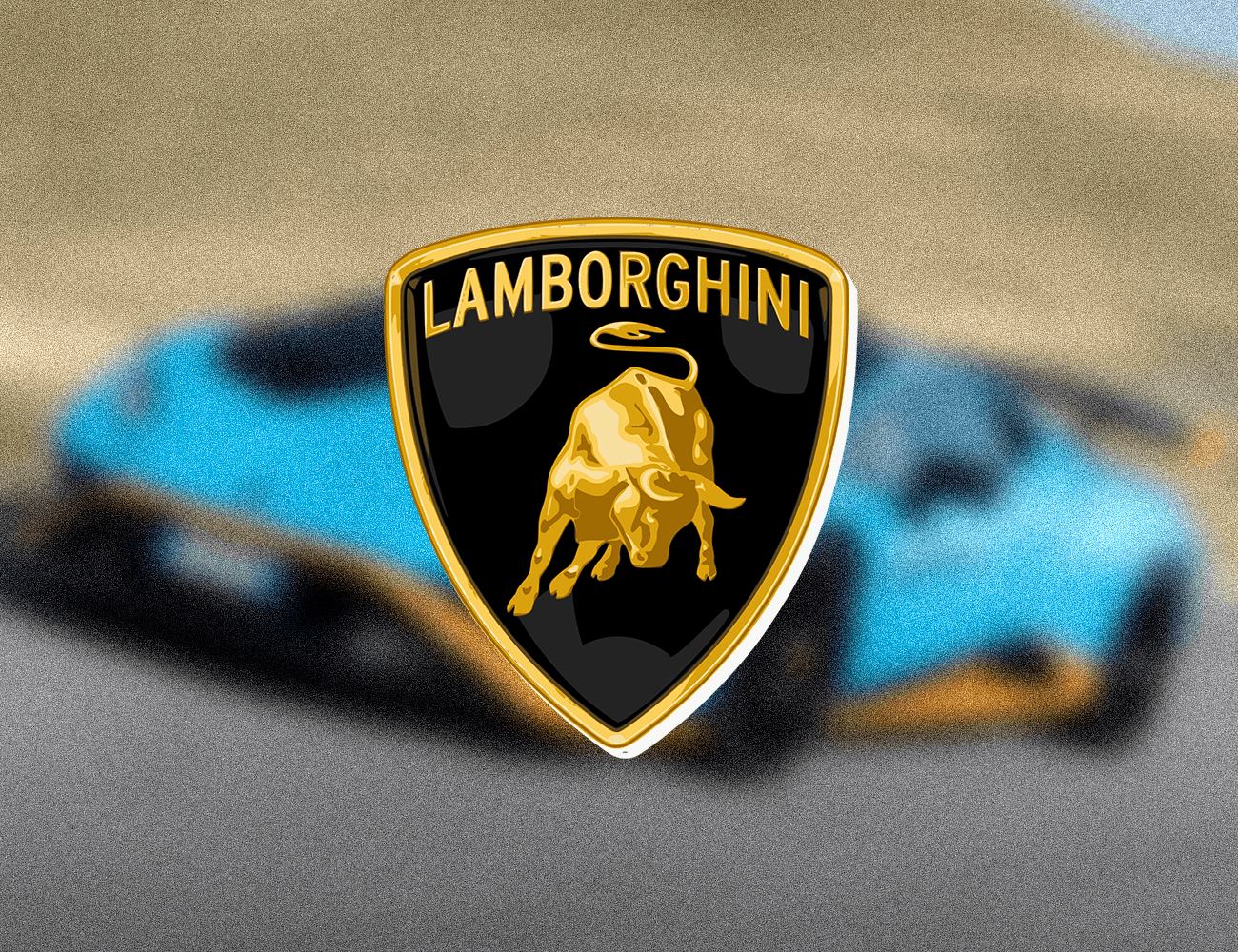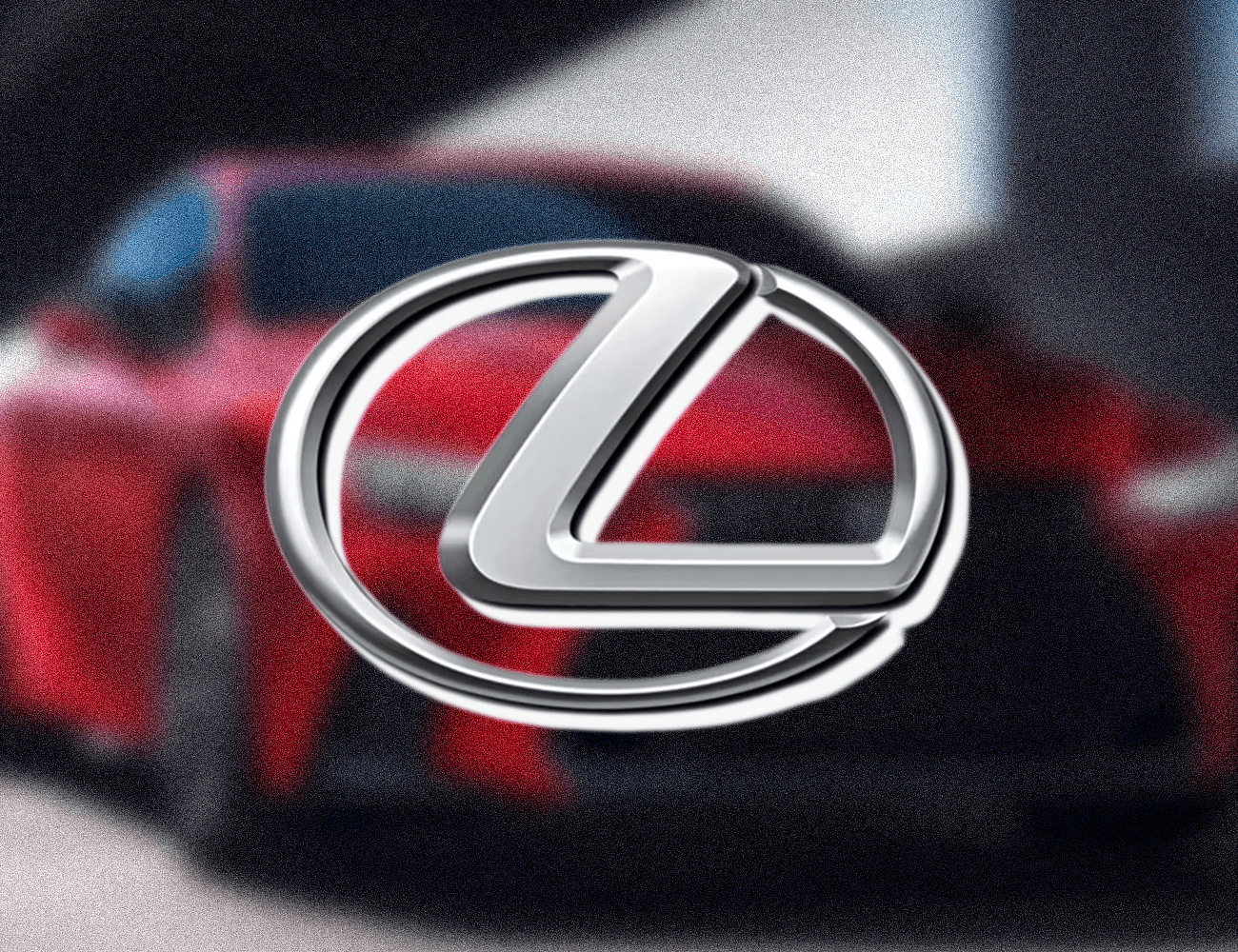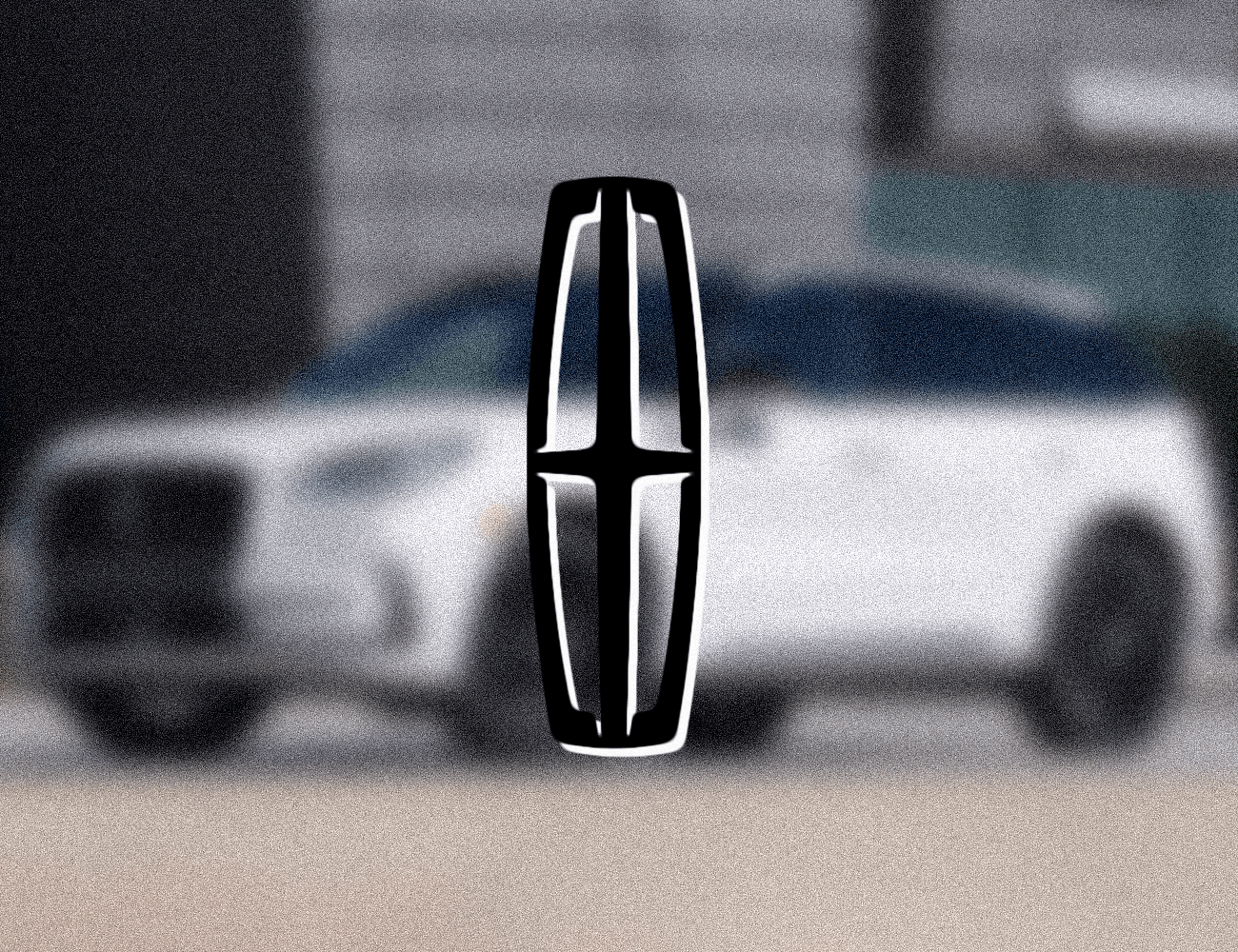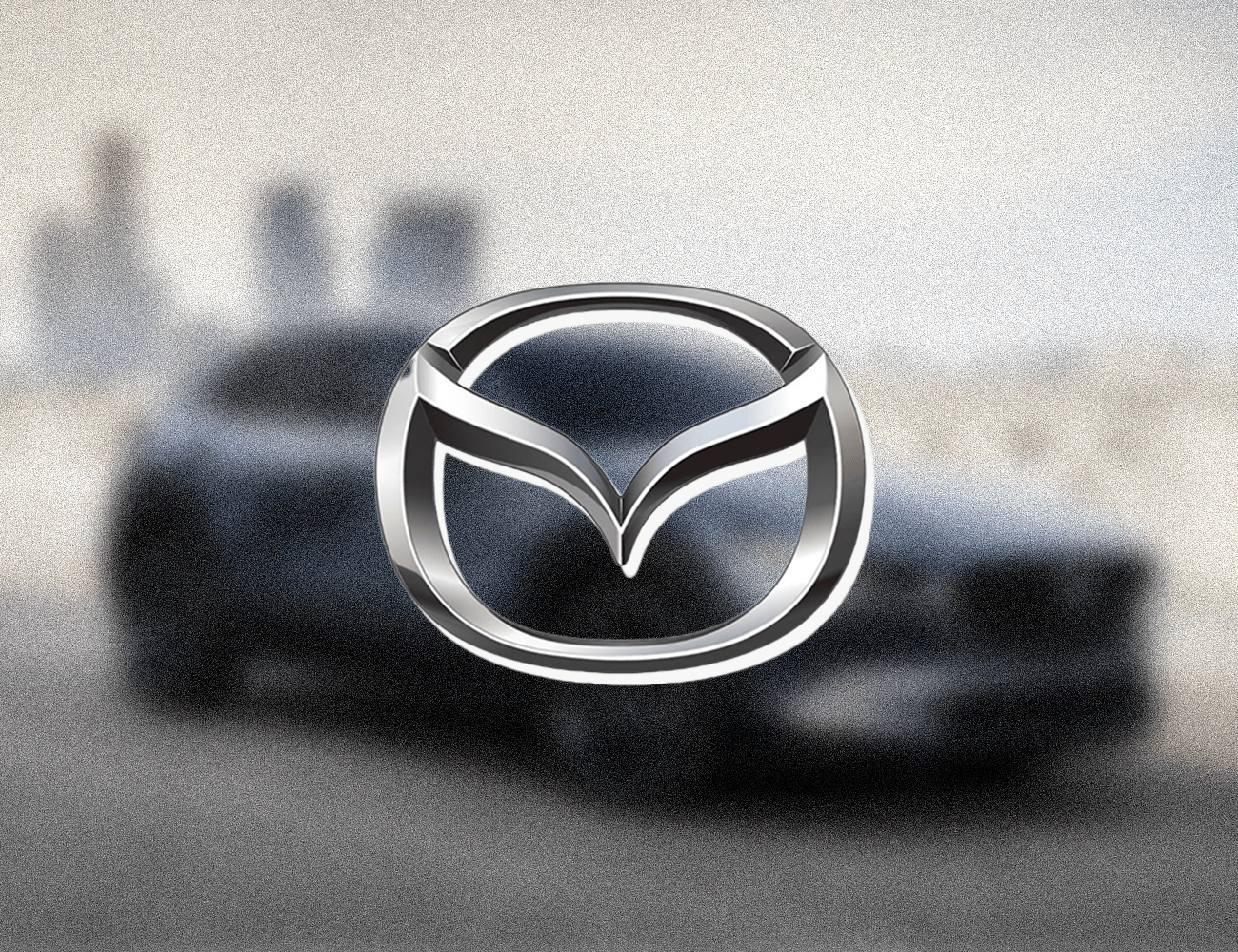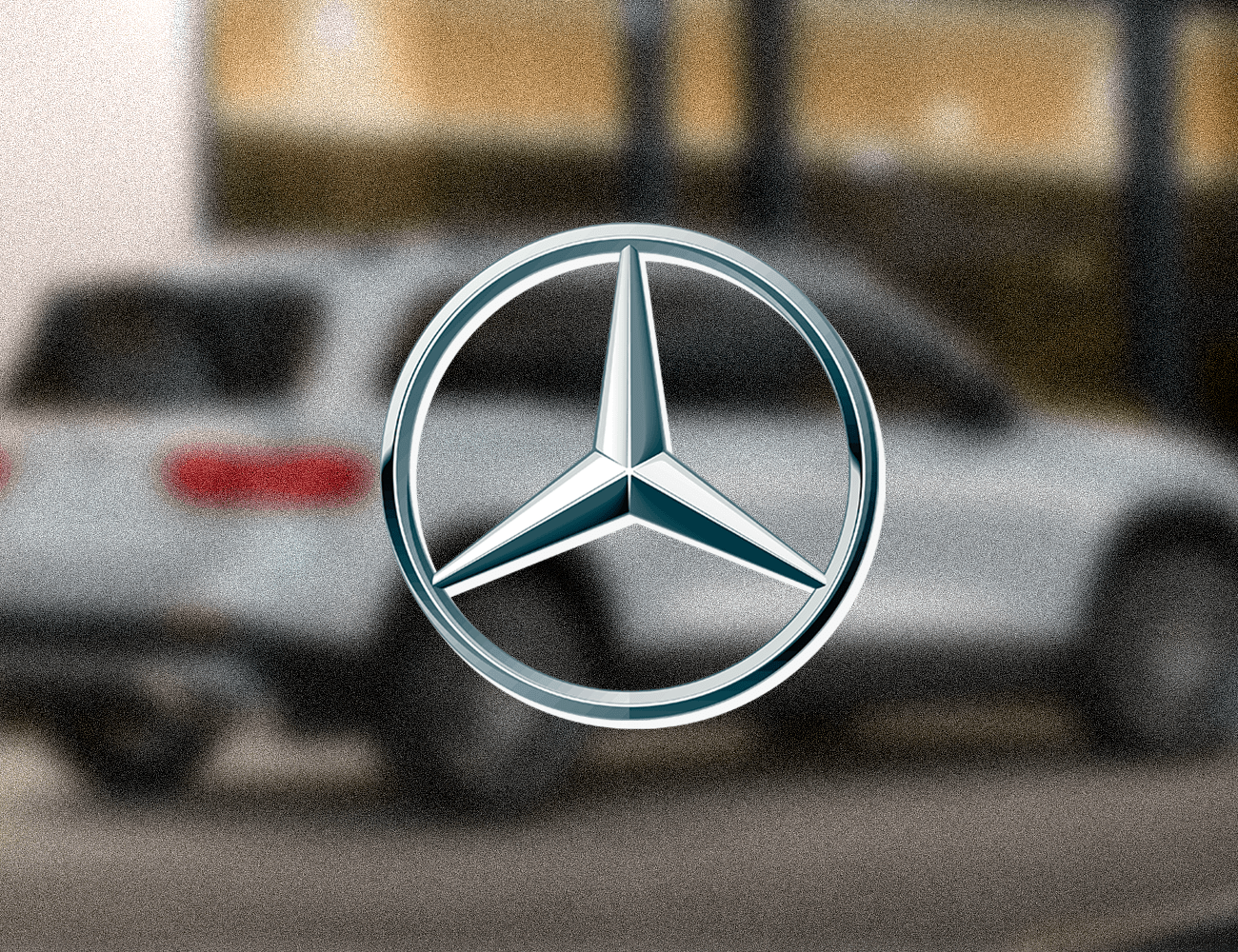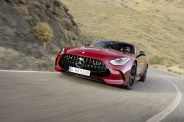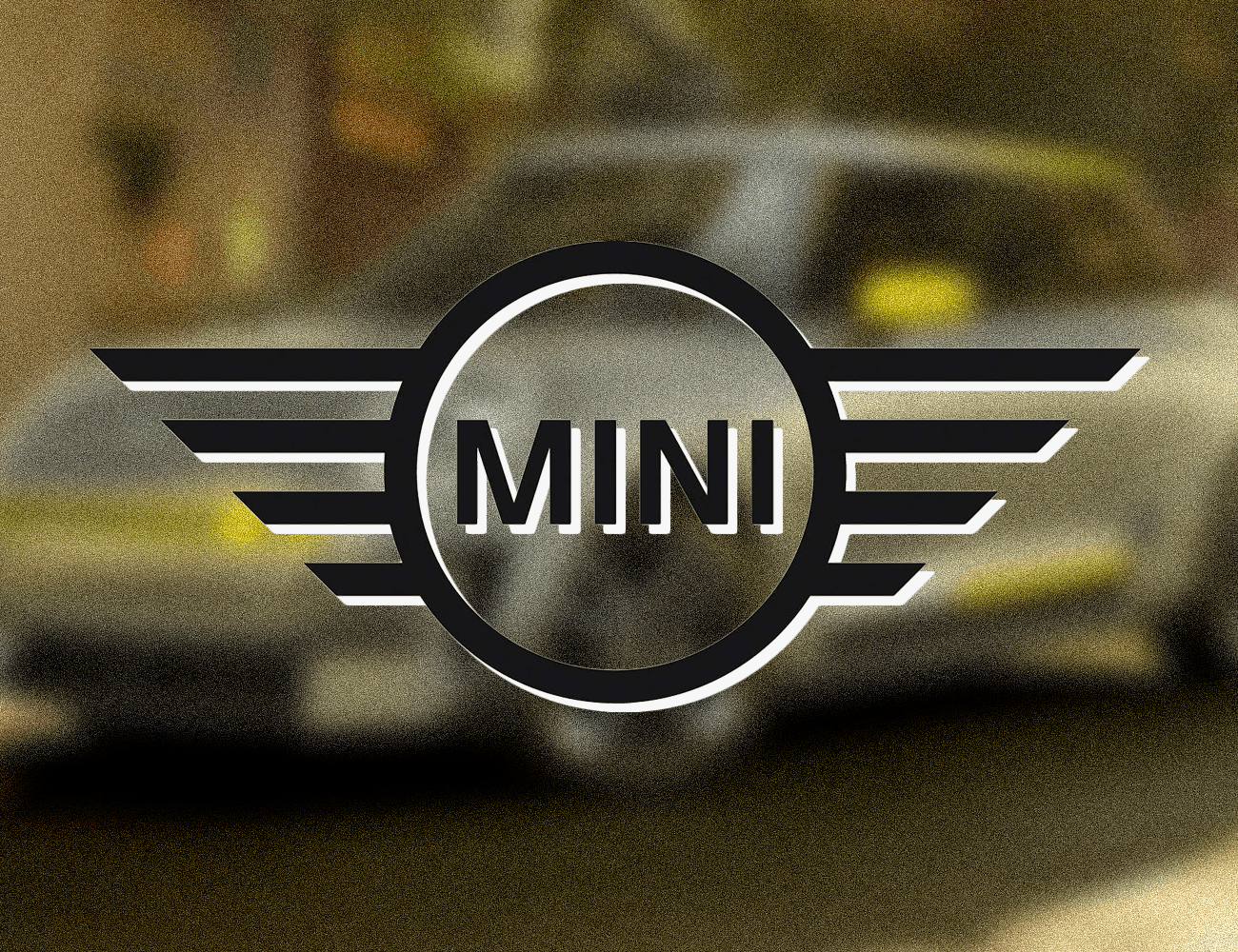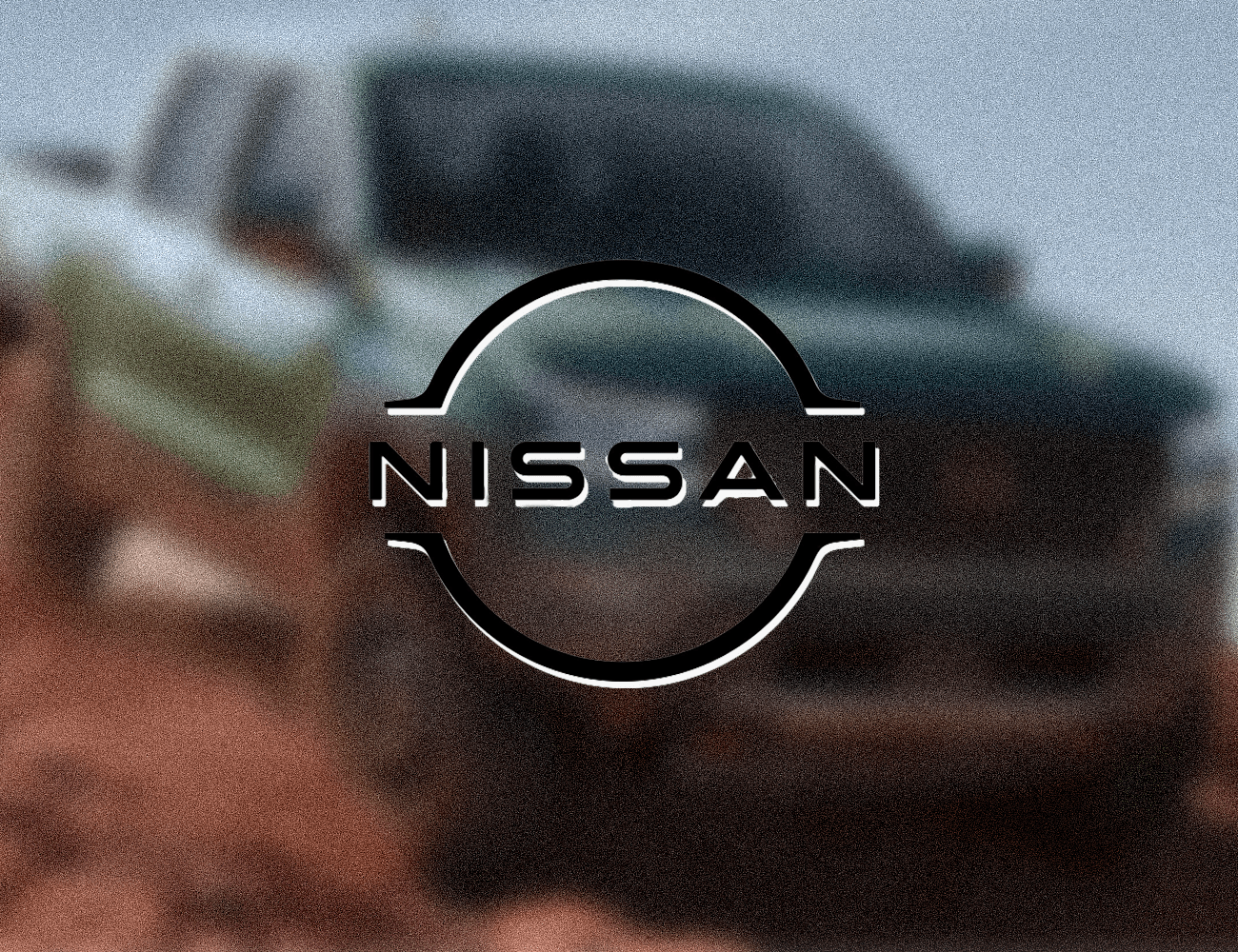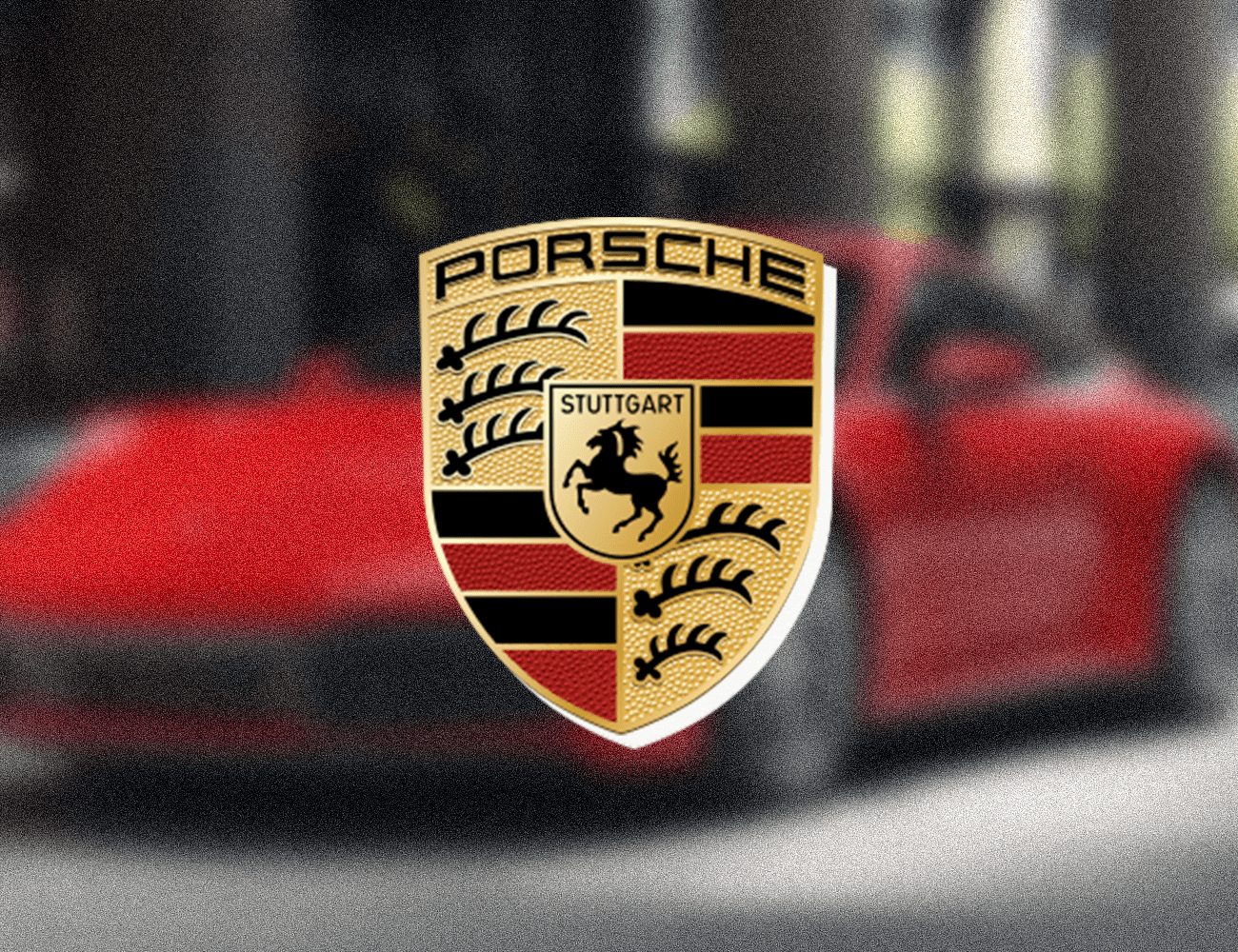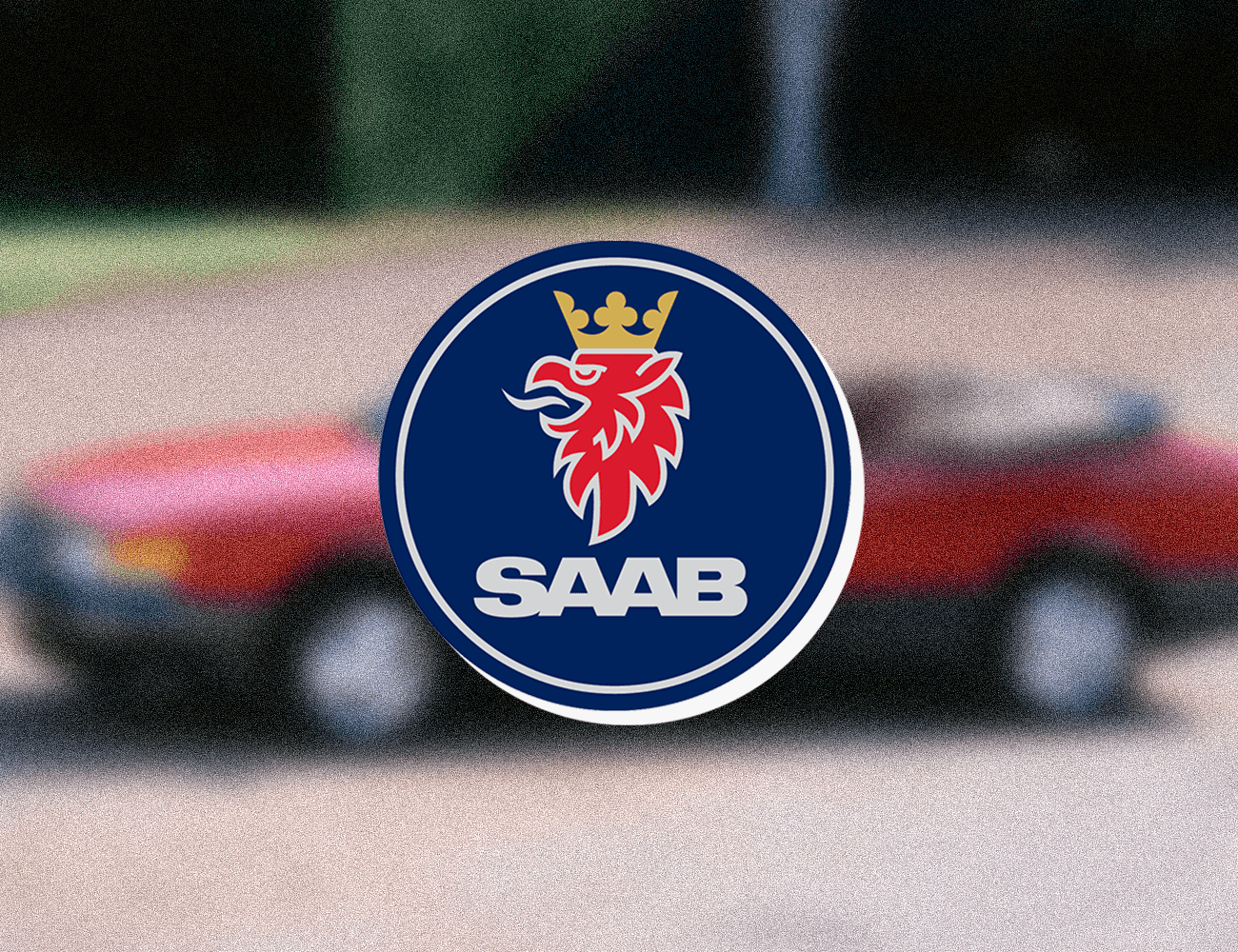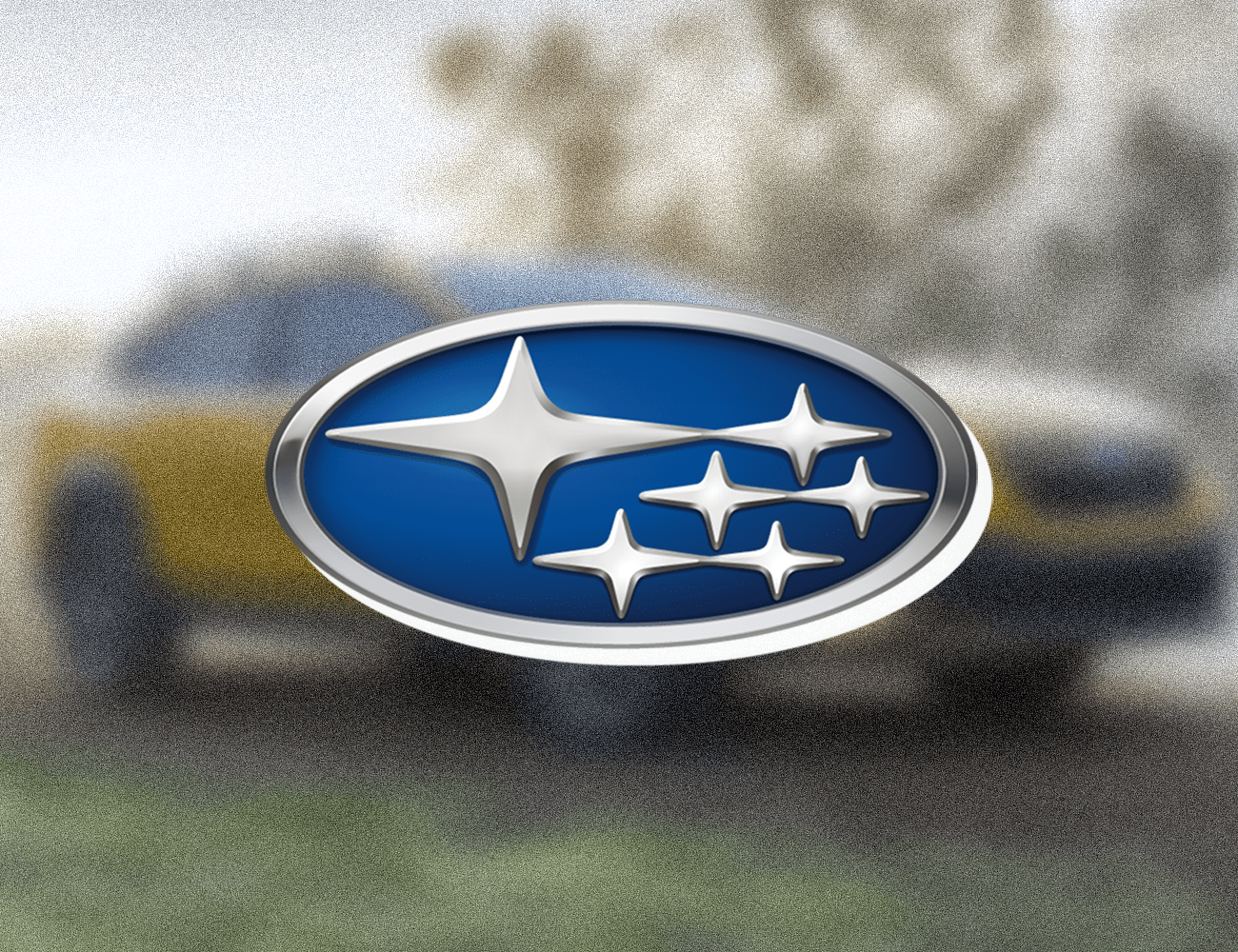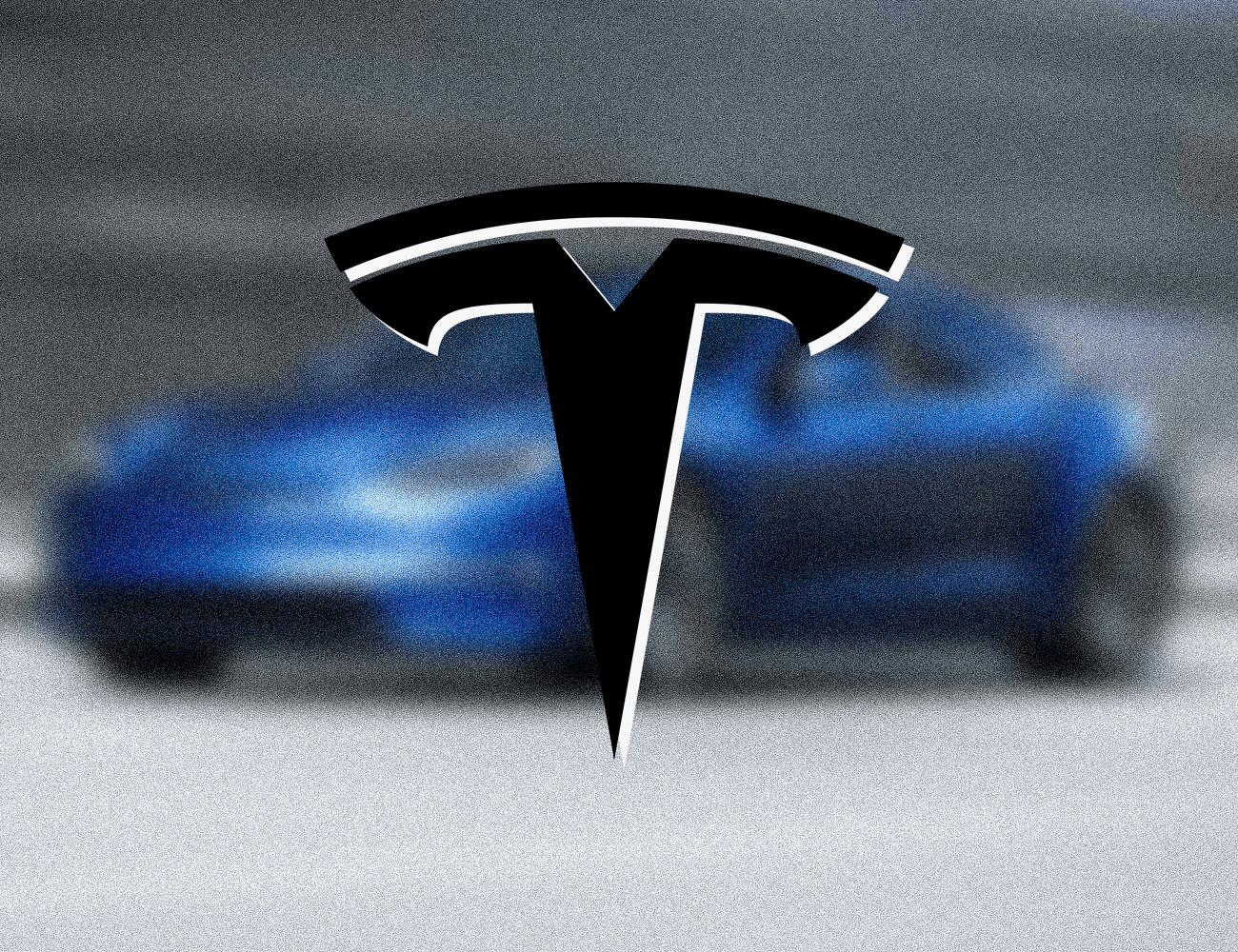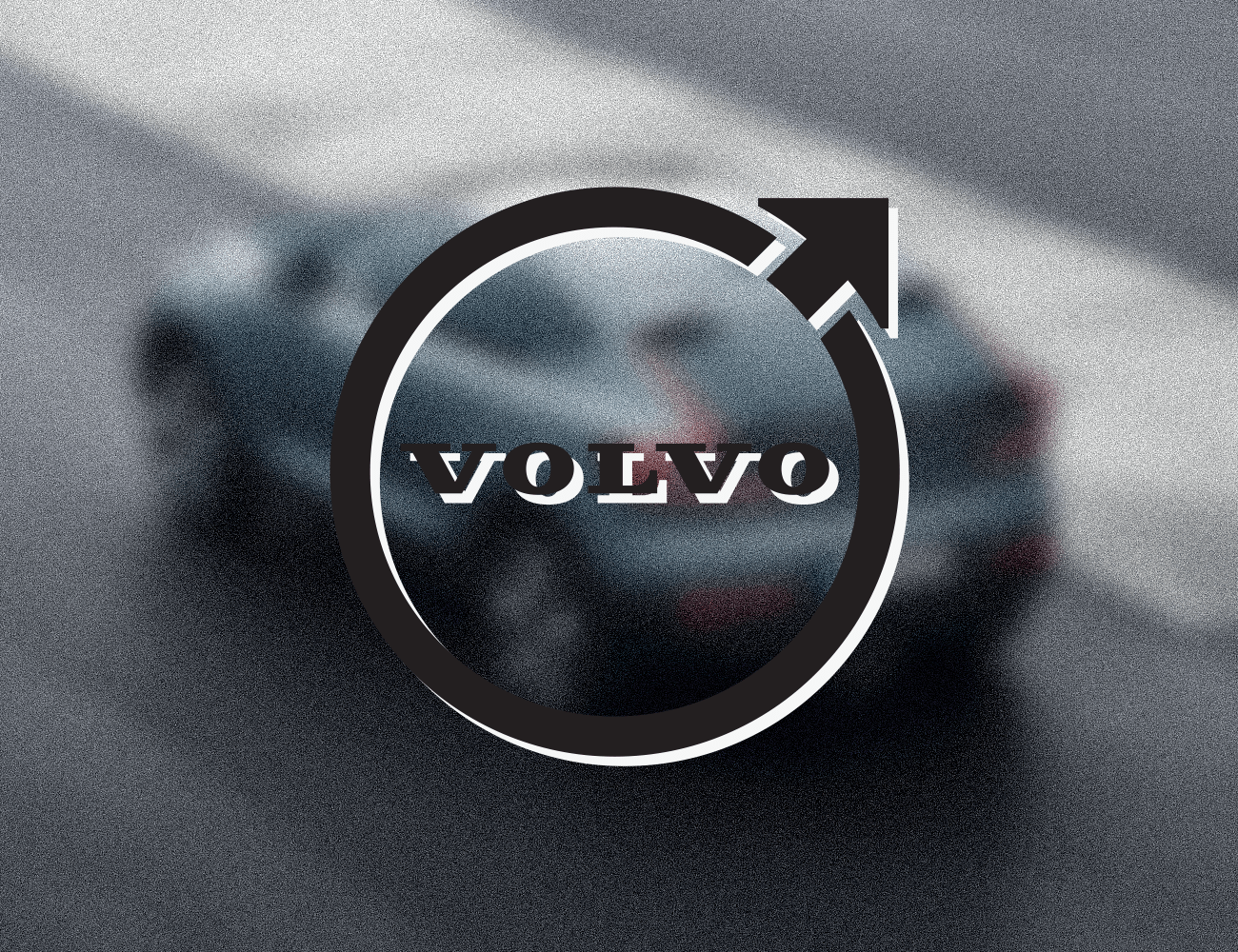For car enthusiasts, it’s easy to believe that cars are purely about performance — that what matters is track times and vehicle specs, not superfluous details like the assembly of letters that make a name.
But it’s not.
The automotive world works on many levels — even those that can be superficial. Every car has a name. Every brand has a badge. And that name and badge make a difference to buyers.
Behind the creation and evolution of automotive emblems there’s often tradition, folklore and mystery. So we’ve compiled the history and meanings of the most famous automotive logos and emblems — from Acura to Volvo.
A Quick Primer on the Hood Ornament
Not every brand has a fancy, protruding hood ornament — nor can every brand pull one off. Companies like Bentley and Rolls-Royce lead the pack when it comes to sculpted hood candy, while brands like Jaguar and Cadillac no longer slap sleek leaping cats or wreathed crests (respectively) on their cars.
The hood ornament started when radiator caps were located on the outside of the car, rather than in the engine compartment. Companies started making the cap the visual focal point, giving rise to iconic hood ornaments like Bentley’s Flying B or Packard’s Winged Woman.
Hood ornaments can take the form of a three-dimensional representation of the brand’s emblem, like Mercedes-Benz’s three-pointed star on the E-Class; or, they can be completely separate from the brand emblem, as is the case with the 1978 Ford Thunderbird’s model-specific ornament. That said, hood ornaments today are viewed as overwrought and detrimental to aerodynamics, to the ornamentalists’ chagrin.

